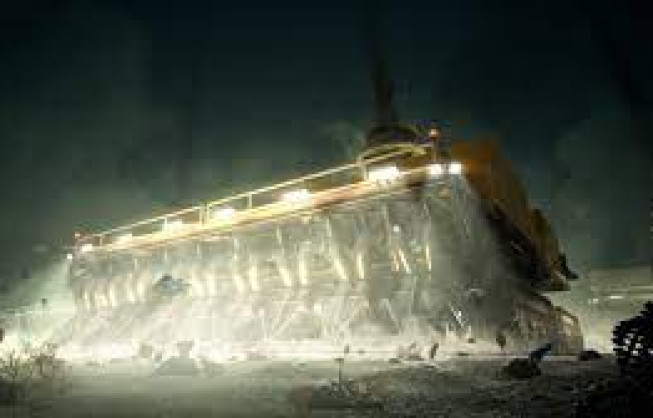Deep Sea Mining: discovery or disaster?
With 5,000 new species discovered at a Pacific deep-sea mining site, concerns rise over the impact on ecosystems and biodiversity on the ocean floor
More than 5,000 new species have been discovered at a future deep-sea mining site in the Pacific Ocean. Referred to as the Clarion-Clipperton Zone (CCZ), the site stretches six million square kilometres from Mexico to Hawaii. It has already been carved into mining claims for future exploration, with companies eager to harvest deposits of materials like manganese and cobalt located 4,000 to 6,000 metres below the surface.
With deep sea mining having been positioned as the next Gold Rush, it is important to consider the impact that these activities could have on the ecosystems and species below.
Currently: About 1% of the High Seas are currently protected
For the most part, the interest in deep sea mining stems from a curiosity about polymetallic nodules. These are lumps of rock that are rich in a combination of metals that sit on the surface of the ocean floor. Those of greatest interest are approximately the size of potatoes and sit on the surface across the Clarion-Clipperton Zone (CCZ). This region spans 5,000 kilometres (3,100 miles) across the central Pacific Ocean, at depths of 4,000 to 5,500 metres (12,000 to 18,000 feet).
Mining companies are keen to get their hands on these to study them further, but there is a risk that mining these materials could smother and irreversibly damage inhabitants in the deep sea due to large sediment clouds being released.
Recently, a team of biologists led by London’s Natural History Museum sought to survey the biodiversity of the CCZ. Of the 5,578 species they identified, approximately 90% were new to science.
“We share this planet with all this amazing biodiversity, and we have a responsibility to understand it and protect it,” lead author and Natural History Museum deep-sea ecologist Muriel Rabone said.
“There are so many wonderful species in the CCZ, and with the possibility of mining looming, it’s doubly important that we know more about these really understudied habitats.”
Can deep sea mining be sustainable?
Nations have proposed a current aim to protect 30% of the oceans by 2030 because, at present, little more than 1% of the high seas are currently protected. In addition, The High Seas Treaty aims to ensure the protection and sustainable use of marine biodiversity of areas beyond national jurisdiction, 99% of which has been ungoverned until recently.
Mining organisations could consider more sustainable practices to ensure minimal-to-no destruction of the sea bed and the species that live there. For example, in March 2023, Loke Marine Minerals (Loke) announced its acquisition of UK Seabed Resources (UKSR), a deep-sea mineral business. Mining Digital has previously reported that Loke is developing various innovative technologies that aim to reduce environmental impact and improve industrial efficiency through safe and responsible operations.
The CCZ is outside national jurisdiction and so deep-sea mining in this region is regulated by the International Seabed Authority. Contracts for mining exploration in the CCZ have been granted to 16 deep-sea mining contractors so far, with exploration covering approximately 1 million square kilometres (400,000 square miles).
According to the IUCN, research suggests that deep-sea mining could seriously harm marine biodiversity and ecosystems, but there is still a vast lack of knowledge to implement the appropriate protections.
“[The] IUCN Red List update reveals a perfect storm of unsustainable human activity decimating marine life around the globe. As the world looks to the ongoing UN biodiversity conference to set the course for nature recovery, we simply cannot afford to fail,” said Dr Bruno Oberle, IUCN Director General.
“We urgently need to address the linked climate and biodiversity crises, with profound changes to our economic systems, or we risk losing the crucial benefits the oceans provide us with.”






نظر: